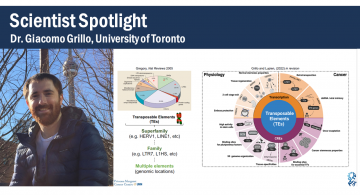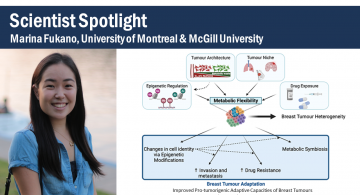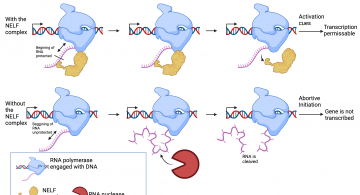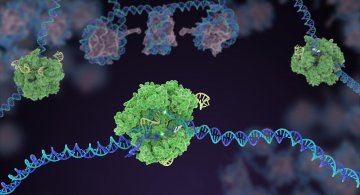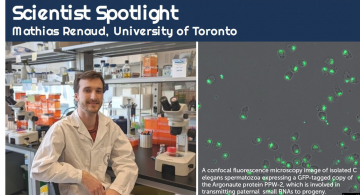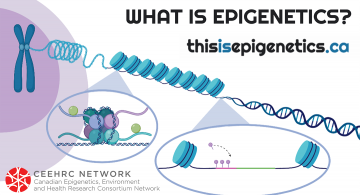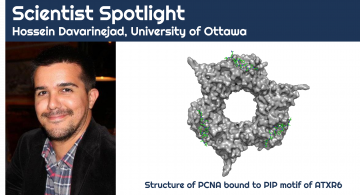Scientist Spotlight
Dr. Giacomo Grillo is a post doctoral fellow at the University of Toronto where he studies chromatin and transposable element activation in prostate cancer.
Scientist Spotlight
Marina Fukano's research focuses on the consequences of metabolic heterogeneity on the progression and drug response of triple-negative breast tumors.
Development
To regenerate damaged muscle, stem cells must be turned into functional muscle cells–a process that requires promoter proximal pausing.
What is Epigenetics?
Harnessing new CRISPR epigenome editing toolkits has allowed scientists to begin to understand the function of epigenetic landscapes in living organisms.
What is Epigenetics?
Transposable elements are DNA sequences that "jump" through the genome. They're usually silenced through epigenetic processes but still play a vital role.
Development
The regulation of gene expression by transcription enhancers is critical for cellular identity and the observable difference between species.
Scientist Spotlight
Dr. Minggao Liang's research is focused on elucidating the cis-regulatory consequences of genetic variation in the context of evolution and human disease. Learn more about Minggao.
Scientist Spotlight
Mathias Renaud is a Graduate Student in Dr. Julie Claycomb's laboratory at the University of Toronto. Learn more about Mathias and his research here!
News
CEEHRC—a network of epigenetic scientists and researchers from across Canada—has launched a new knowledge sharing initiative.
Scientist Spotlight
Hossein Davarinejad is a Graduate Student in Dr. Jean-François Couture's laboratory at the University of Ottawa. Learn more about Hossein and his research here!
